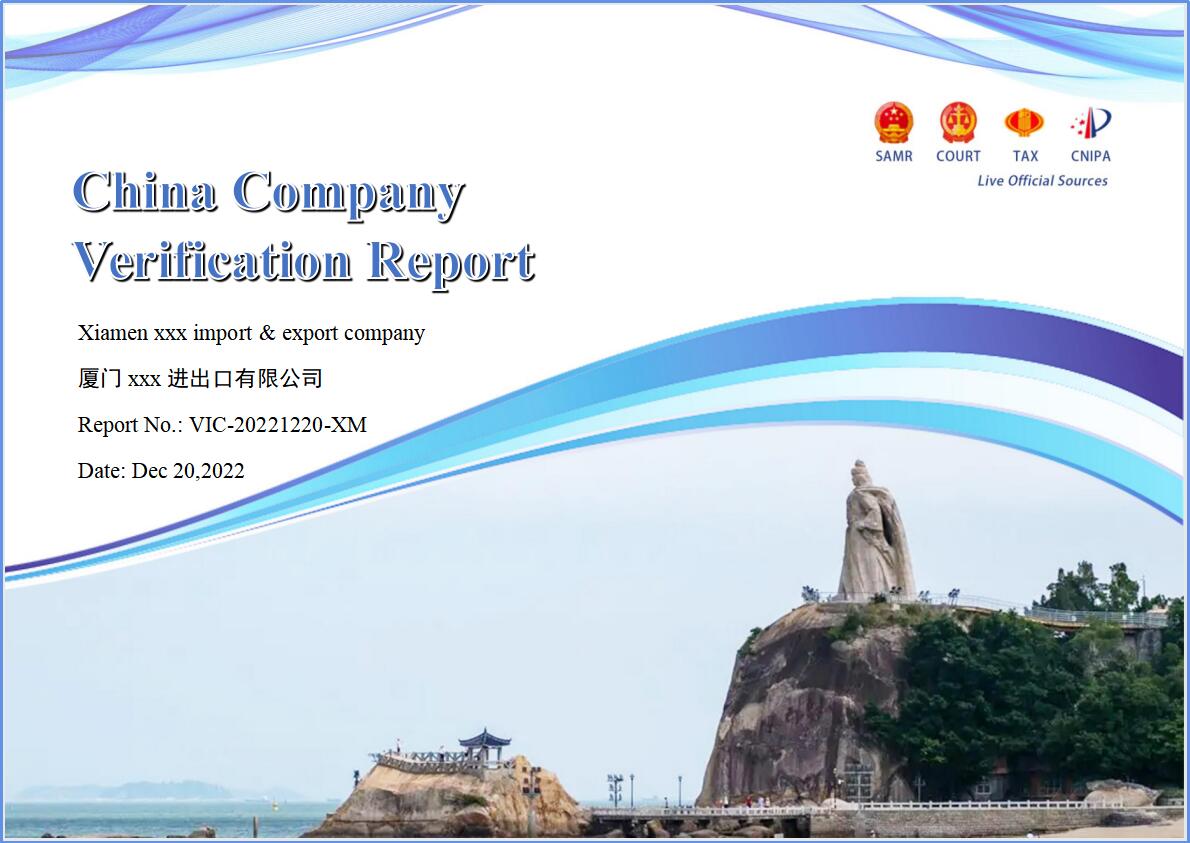Pingquan City (Pingquan County), a county-level city under the jurisdiction of Hebei Province, is managed by Chengde City. Located in the northeast of Hebei Province, it is the junction of Liaoning, Inner Mongolia and Hebei. It borders Lingyuan City in Liaoning Province in the east, Ningcheng County, Chifeng City, Inner Mongolia Autonomous Region in the north, Chengde County in the west and Kuancheng Manchu Autonomous County in the south. It is between 118 ° 21 ′ 03 ″ - 119 ° 15 ′ 34 ″ E and 40 ° 24 ′ 0 ″ - 40 ° 40 ′ 17 ″ N, with a total area of 3294 square kilometers. By 2020, Pingquan has jurisdiction over 12 towns and 7 townships. As of 0:00 on November 1, 2020, there are 399378 permanent residents in the city (the seventh census).
Pingquan City is one of the cradles of Hongshan Culture. The capital of "old horses know their way", "plum blossom to quench thirst" and other classics came from Pingquan. It is known as the "gateway to Liao and Mongolia, and the lintel of Yan and Zhao". Historically, Pingquan is located in the transitional zone between grassland desert and farming area. Here, the Khitan people, who have dominated northern China for more than 200 years, have emerged. There are more than 160 ancient sites and ancient tombs, such as the tomb of Princess Chang of Liaoda, the tomb of Dou Jingyong, and the Huizhou City. There are 18000 cultural relics in the museum, 446 of which are above the third level. Liao Jin cultural relics account for 70%. It is praised by the national and Hebei cultural relics experts as "Ding Zhou Ding porcelain is good in the south, and Pingquan Liao Jin cultural relics are good in the north".
In 2021, the GDP of Pingquan City will increase by 7%; Investment in fixed assets, total retail sales of consumer goods and general public budget revenue increased by 5.7%, 5.9% and 5.5% respectively; The per capita disposable income of urban and rural residents reached 35857 yuan and 17411 yuan respectively, up 8.7% and 13.1%.
Minimize the Risk and Scam
Within 2 Working Day
$ 135 USD
